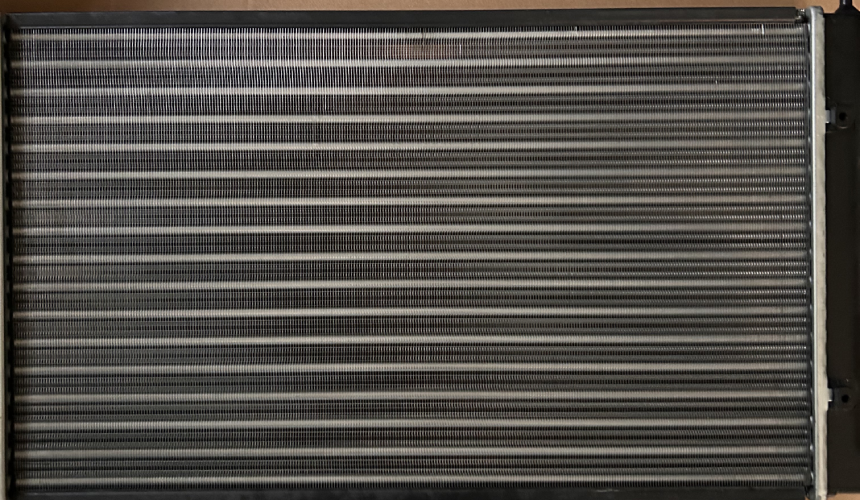
Replacing the radiator is a pretty straight forward process. Note, on Mk1 Golfs the radiator generally does not have a petcock or draining valve.
When to replace
You'll need
Danger: Coolant has a sweet taste and is dangerous to animals.
Always clean up after yourself and don't leave open containers of coolant where animals can reach them.
Park the car on a flat surface - this will make re-filling the coolant easier later on. On a lot of cars the radiator has a petcock (small tap) at the bottom, but Mk1 Golfs generally do not have this, so the easiest way to drain the coolant is to simply remove the lower radiator hose.
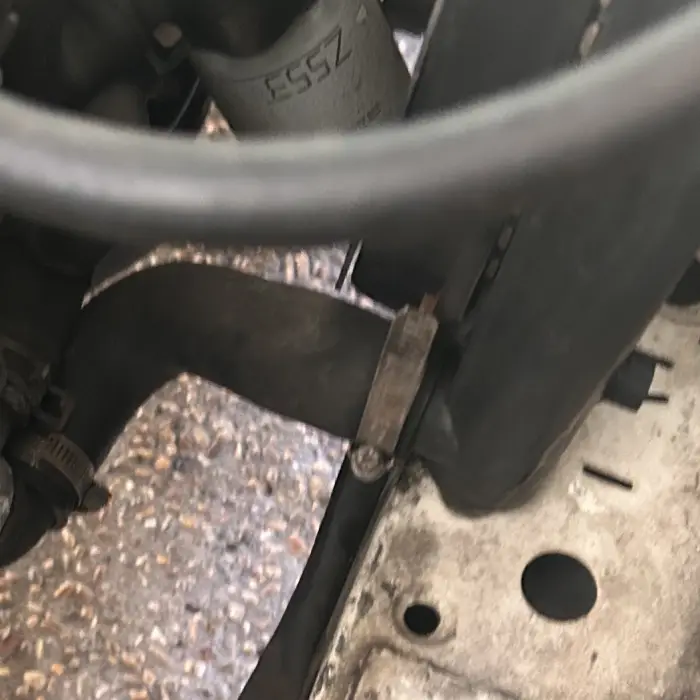
Whilst the coolant drains remove the top hose as well. I prefer to remove the it completely to make room. Also remove the smaller overflow hose and tuck it out of the way.
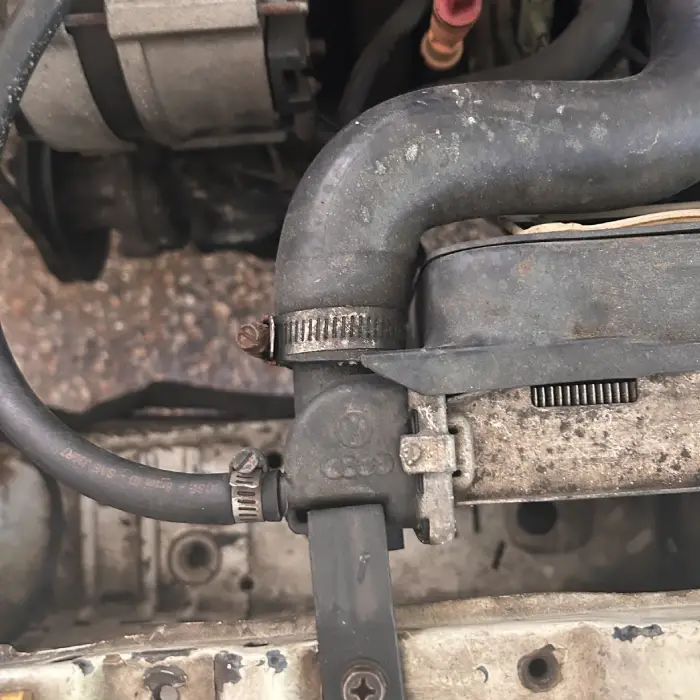
There is a large electrical plug at the back of the fan. Squeeze the sides to unplug it.
The thermo switch (temperature sensor that triggers the electric fan) is located at bottom right of the radiator, facing the engine. Unplug that too.
Whilst in this area, check to see if there is any cardboard shrouding that can be removed.
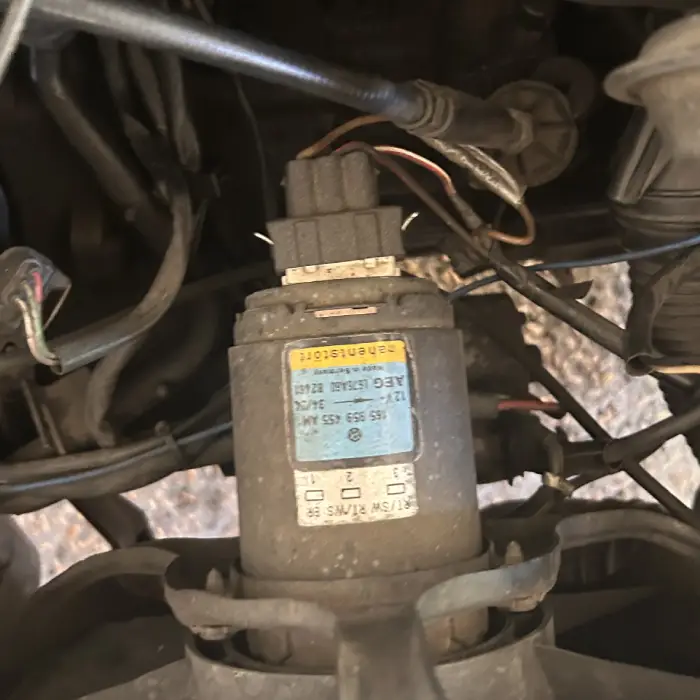
There are 2 metal brackets attaching the radiator to the front of the car. These are simply held in with 10mm bolts. Be careful when removing these as the radiator can shift and fall.
Now, the radiator, along with the shroud and fan, is free to remove. Lift gently upwards being careful not to damage the radiator fins. Tip the radiator over the drain pan to remove any remaining coolant.
Place the radiator on a soft surface and simply unscrew the metal shroud and electric fan. Now's a good time to clean up the fan, inspect for damage and attend to any surface rust.
Using the spanner, unscrew the thermo fan switch as well.
This is just the reverse of the above. If you've got new rubber pads slip them over the 2 extrusions at the bottom of the radiator.
Carefully slide the new radiator back into position in the car, being careful not to damage the fins (you can use cardboard to protect it). Re-attach the brackets at the top to set it in place.
Reconnect the upper and lower radiators hoses, overflow hose, fan wiring plug, thermo switch wiring plug, and any carboard shrouding.
Top up the overflow tank with coolant until it is at the full mark. Turn the car on and let it idle, topping up the coolant when it gets low. Check for leaks around the radiator hoses as you go.
When you no longer need to add anymore coolant let the car idle and bring it up to temperature with the coolant fill cap open - you want to make the engine hot enough so that the thermostat opens letting any more trapped air out. The thermofan should kick in to keep it cool. If it does not, turn the car off immediately before it reaches the danger area on the temperature gauge and reaccess the wiring and electrical sockets.
Warning: When the engine has warmed up and the thermostat opens air can be pushed from the engine out of the coolant reserve tank causing hot coolant to splash over the engine. Keep the cap loosely threaded to mitigate spills.

An honest review of owning a classically-styled Kawasaki W800 motorcycle for the last 10 years
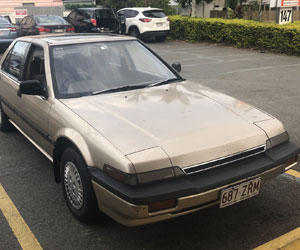
How easy is it to daily drive a 30+ year old Honda? Does Honda's famous reliability live up? Review of a 1988 Honda Accord

How did a 50 year old Australian family wagon end up in India?